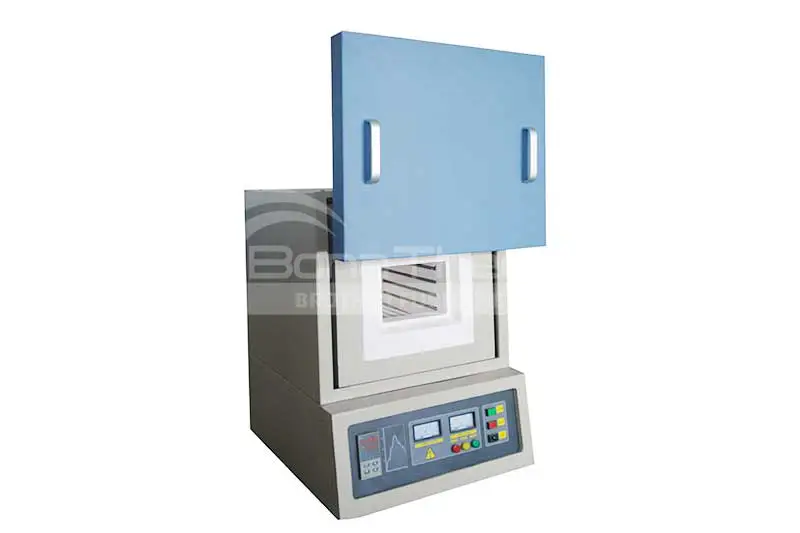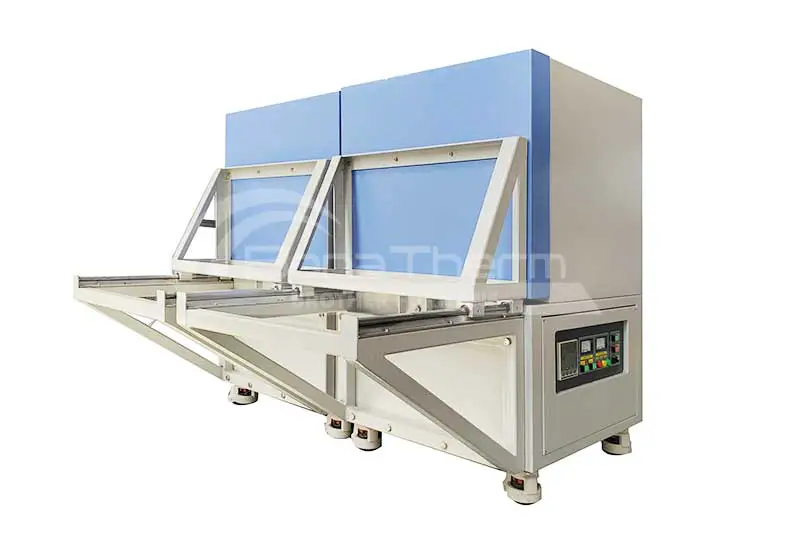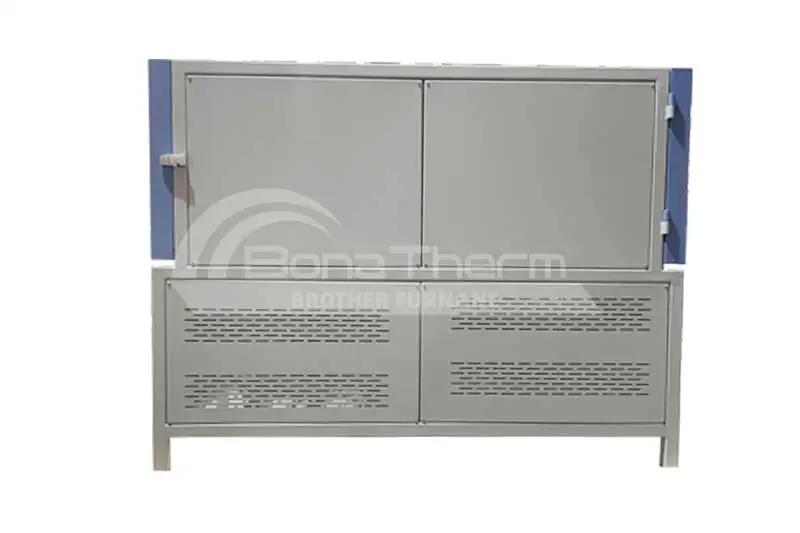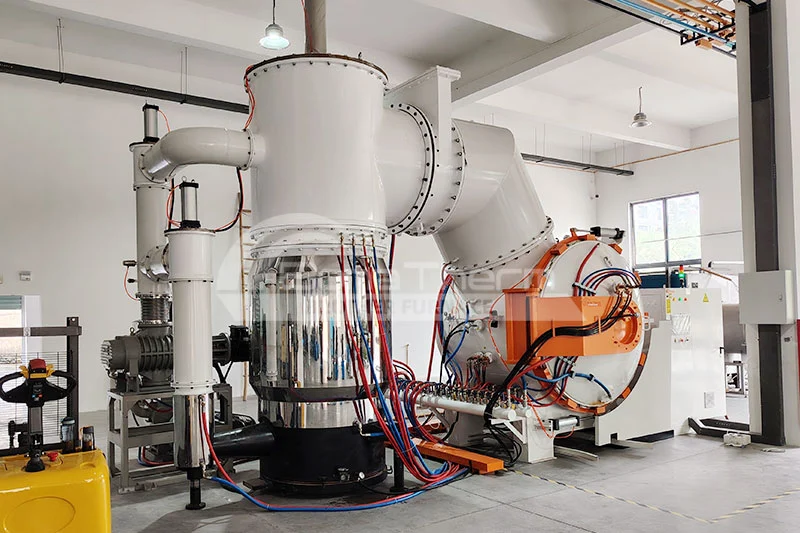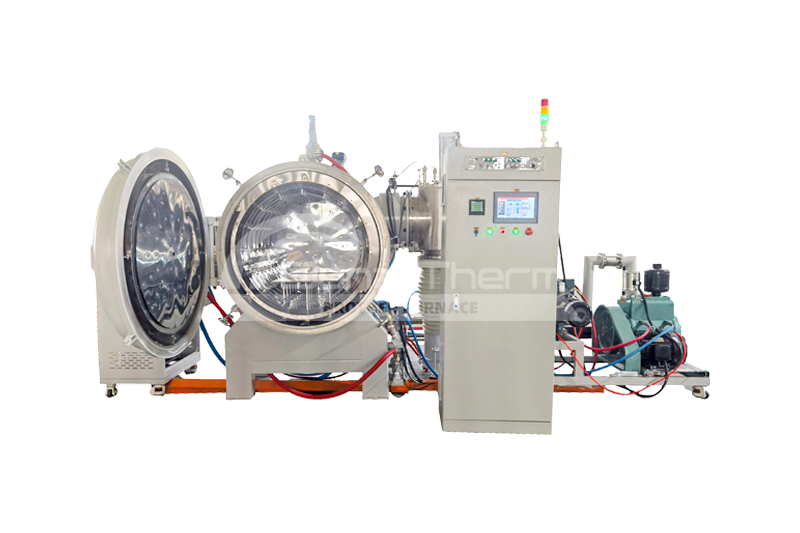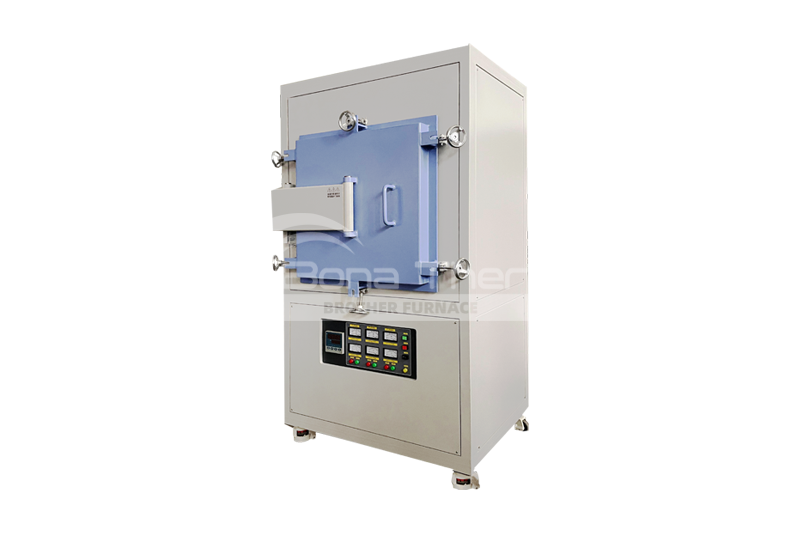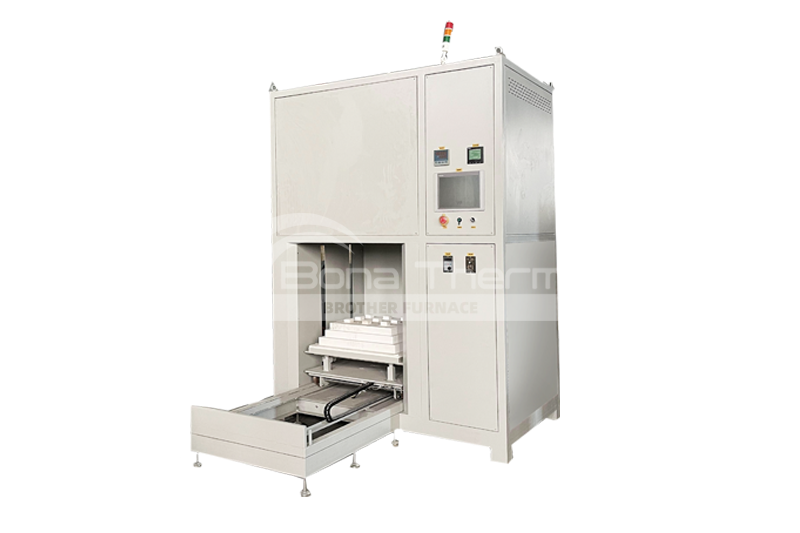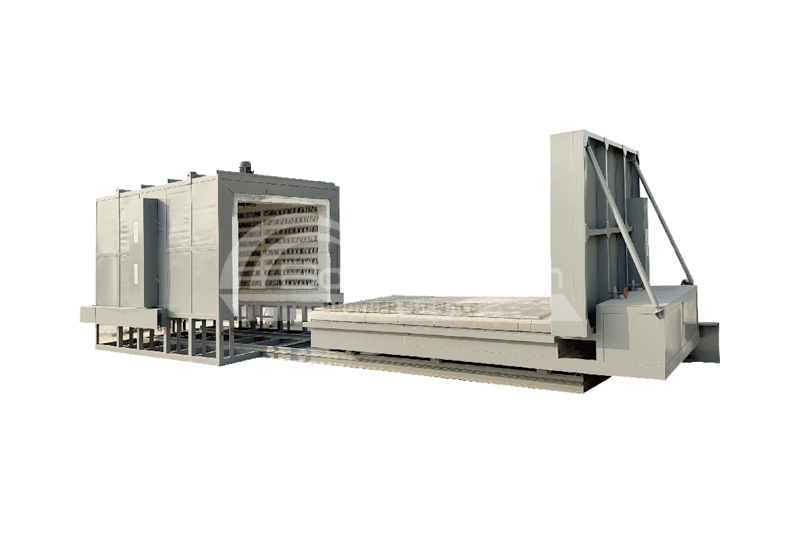2025 Tube Furnace Price and Purchasing Guide
 BROTHER FURNACE
BROTHER FURNACE
 2025-03-12 18:47
2025-03-12 18:47
With the rapid advancements in industrial heat treatment, material research, and new energy technologies, the global demand for tube furnaces continues to rise. Whether for metal processing, ceramic sintering, or battery material development, tube furnaces are indispensable due to their efficiency and precise temperature control. For international buyers, understanding the latest price trends and key influencing factors for tube furnaces in 2025 is crucial. This article provides an in-depth market analysis and practical purchasing advice.
2025 Tube Furnace Price Forecast
As a customizable piece of equipment, tube furnace prices fluctuate based on raw material costs and configuration requirements. At Brother Furnace, the starting price for a basic tube furnace is approximately $1,000. However, the upper price limit varies significantly depending on additional specifications such as size, operating temperature, and atmosphere control. Below, we detail the key factors influencing tube furnace pricing.
Four Major Factors Affecting Tube Furnace Prices in 2025
Several factors determine the cost of a tube furnace. The following four are the most critical:
Tube Material
High-Purity Alumina Tube, Quartz Tube, and Corundum Tube
The tube is a core component of the furnace, and its material directly impacts durability, maximum operating temperature, and suitability for various experimental environments. Different tube materials vary in cost, influencing the overall price of the furnace.
High-Purity Alumina Tube (Al₂O₃ ≥ 99%): Offers excellent high-temperature resistance, capable of withstanding temperatures above 1600°C. It is ideal for high-temperature applications and long-term use. However, it is brittle and has lower thermal shock resistance, making it more expensive.
Quartz Tube (SiO₂): Transparent and provides good thermal shock resistance, making it suitable for lower temperature applications (≤1200°C), especially where visual observation of the process is needed. It is the most cost-effective option.
Corundum Tube (Al₂O₃ ≥ 99.7%): Offers superior heat and corrosion resistance compared to standard alumina tubes. It is ideal for extreme environments such as high-purity metal sintering or specialized atmosphere experiments, making it more expensive.
Operating Temperature
Heating Elements: Resistance Wire, Silicon Carbide (SiC) Rods, Molybdenum Disilicide (MoSi₂) Rods
The type of heating element determines the maximum operating temperature of the furnace. Different heating elements vary in cost and performance:
Resistance Wire (Fe-Cr-Al or Ni-Cr Alloys): Suitable for applications up to 1200°C. It is the most cost-effective option, with a long lifespan, making it ideal for most conventional heat treatment applications.
Silicon Carbide (SiC) Rods: Suitable for high-temperature applications ranging from 1300°C to 1600°C. It heats up quickly and is more durable than resistance wire but comes at a higher cost.
Molybdenum Disilicide (MoSi₂) Rods: Used for ultra-high-temperature experiments (1600°C-1800°C) such as ceramic sintering and special alloy processing. It is the most expensive option but provides the most stable high-temperature heating.
The choice of heating element directly impacts the furnace price, with high-temperature models significantly increasing costs.
Atmosphere Control System
Gas Flow Control and Vacuum Capability
Tube furnaces can operate in various atmospheres, including air, nitrogen (N₂), hydrogen (H₂), oxygen (O₂), or vacuum. Whether or not a gas control system is included significantly affects the price.
Single Inert Gas (e.g., Argon or Nitrogen): Requires a gas inlet and flow controller, increasing costs.
Reducing Atmosphere (e.g., Hydrogen): Requires precise atmosphere control, leak prevention, and explosion-proof safety measures, leading to higher costs.
Vacuum Environment: Requires a vacuum pump and sealed chamber structure, further increasing the overall price.
For applications requiring strict atmosphere control, such as CVD (Chemical Vapor Deposition) or reduction sintering, the price of the furnace increases significantly.
Furnace Structure and Size
Tube Diameter, Length, and Furnace Type
The size and structure of the furnace are key factors influencing pricing. Different furnace configurations suit various experimental needs.
Tube Diameter and Length: Larger dimensions lead to higher costs.
Furnace Structure:
Horizontal Tube Furnace: The most common design, suitable for most experiments, offering a moderate price.
Vertical Tube Furnace: Designed for deposition, CVD, or specialized material research. It has a more complex structure and a higher price.
Rotary Tube Furnace: Ideal for powder materials or catalytic reaction experiments, ensuring uniform heating. It is more expensive than standard models.
Multi-Zone Tube Furnace (2-zone, 3-zone, or more): Enables temperature gradient control, useful for experiments requiring different temperature distributions, significantly increasing costs.
CVD Tube Furnace: Designed specifically for chemical vapor deposition experiments, typically requiring an advanced atmosphere control system, making it one of the most expensive options.
2025 Supplier Selection Strategy
When purchasing a tube furnace, buyers should consider not only the key pricing factors but also the supplier’s capabilities.
Assess Supplier Technical Expertise
Request performance test reports for the equipment (e.g., temperature uniformity, heating/cooling rates).
Prioritize manufacturers with customization capabilities, such as support for non-standard furnace sizes or specialized tube materials (quartz, silicon carbide, etc.).
Mitigate Supply Chain Risks
Multi-Supplier Price Comparison: Avoid reliance on a single source, especially for critical components like heating elements and temperature control systems.
Secure Delivery Schedules: Given global logistics uncertainties in 2025, ensure contract terms include penalty clauses for delays.
Certifications and After-Sales Support
Verify compliance with safety standards (CE/ISO certification, etc.). Buyers in the new energy sector should also ensure environmental standards are met.
Choose suppliers offering global warranty coverage and localized technical support to prevent production disruptions due to service delays.
Conclusion
Brother Furnace leverages its in-house manufacturing capabilities to offer cost-effective tube furnace solutions that meet stringent CE/ISO international standards. With a rapid 15-day delivery for standard models and extensive customization options (multi-zone, CVD, etc.), we have served over 500 leading laboratories and industrial enterprises worldwide, including MIT and CATL.
Contact us today for a customized quote and tailored furnace solutions!

